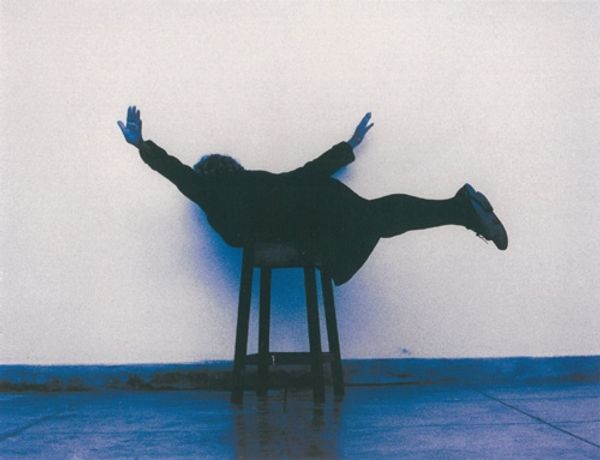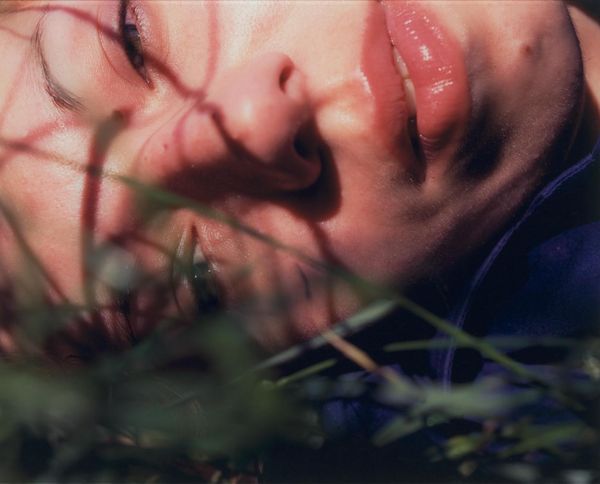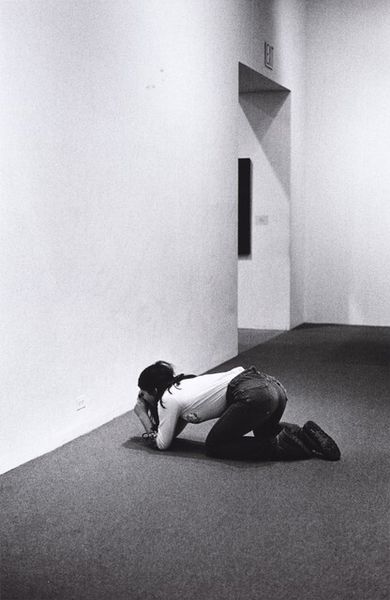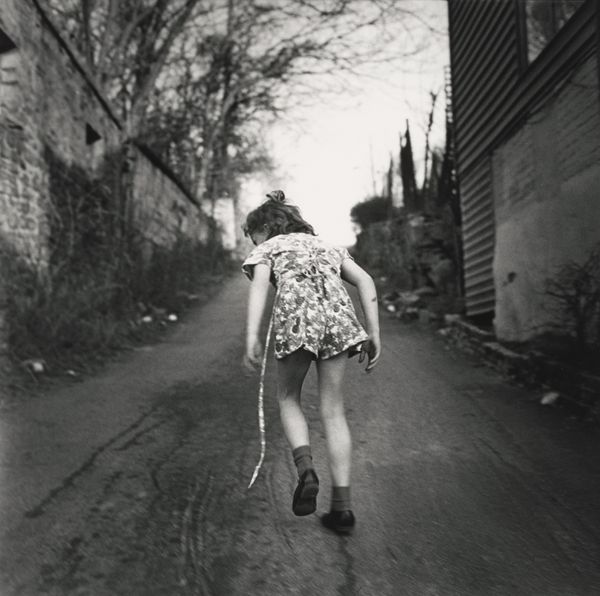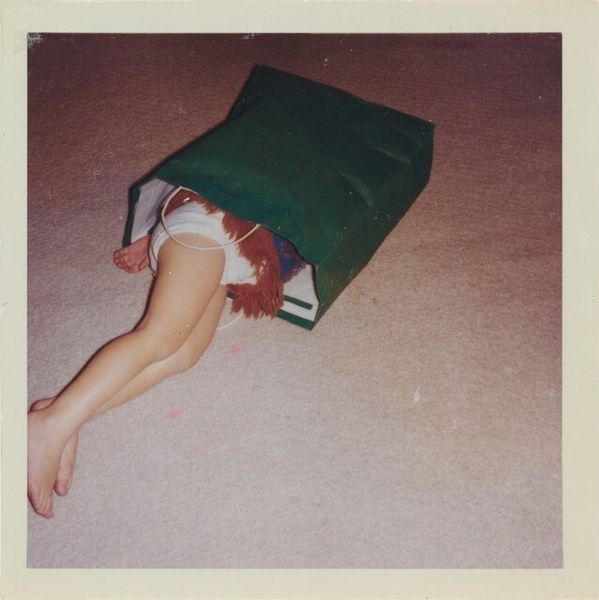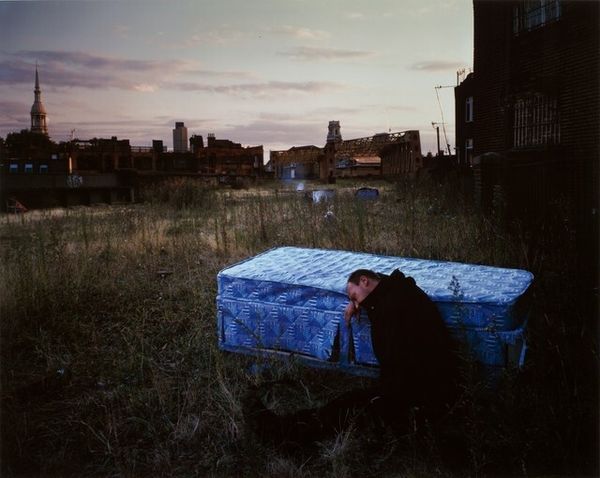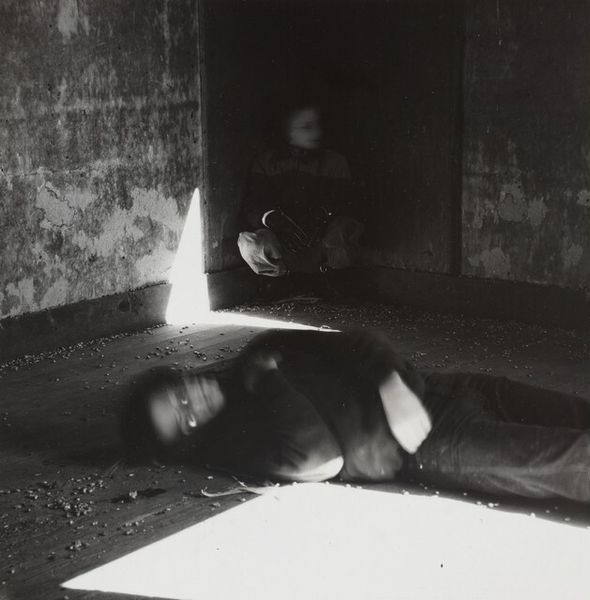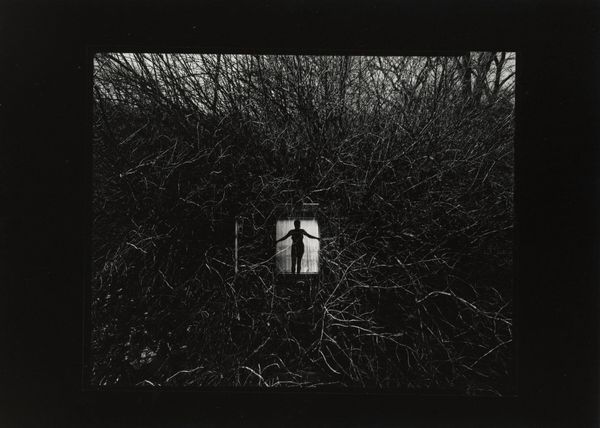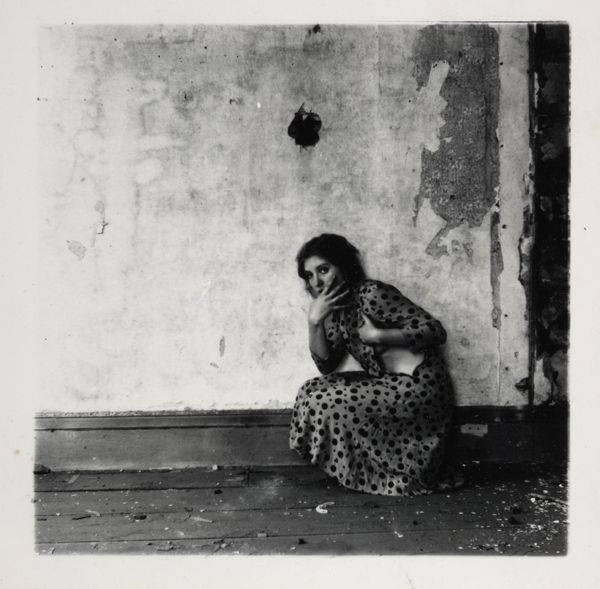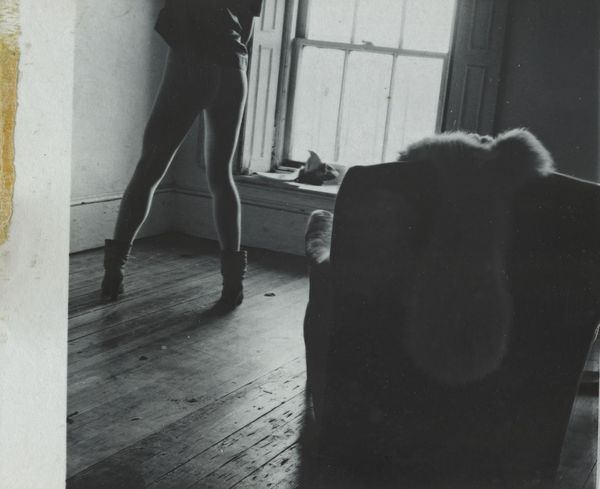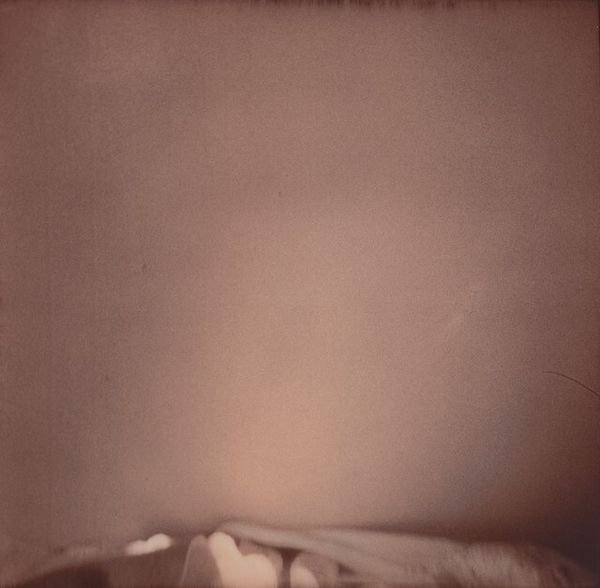
performance, photography
#
performance
#
conceptual-art
#
postmodernism
#
landscape
#
figuration
#
photography
#
figurative photography
Copyright: Copyright the Estate of Bas Jan Ader / Mary Sue Ader Andersen, 2017 / The Artists Rights Society (ARS), New York. Courtesy of Meliksetian | Briggs, Los Angeles.
Editor: This is Bas Jan Ader's "Pitfall on the way to a new Neo-Plasticism, Weskapelle, Holland" from 1971, a photograph documenting a performance. There's something almost comical about it, a dark figure sprawled on the cobblestones beside a bright blue cloth and yellow object. What symbolic weight do you think this scene carries? Curator: The falling figure is such a potent image across cultures, isn't it? Think of Icarus, or even the fall from grace in religious narratives. Here, Ader seems to be engaging with a very specific art historical narrative - Neo-Plasticism - with the blocky, primary colors evoking Mondrian's austere geometricism. But then, BAM! A pitfall. What does this disruption suggest to you about Ader's perspective? Editor: It's like a rejection of that pure, rational aesthetic... almost a self-sabotage. He is, quite literally, disrupting the path. Curator: Exactly! And look at the landscape – a neat, structured path suddenly interrupted. Do you think this is solely an art historical commentary? Could the fall also speak to the failures of utopian ideals more broadly? Editor: That's a great point. Perhaps he’s showing the inherent instability, the "pitfalls," in any rigid system, be it art or society. The colors themselves contrast too much, creating disharmony. Curator: Precisely. It’s as if Ader is enacting the inherent tension between order and chaos, control and accident. Considering Ader’s later work and tragic disappearance at sea, does this piece now hold a different emotional charge for you? Editor: Definitely. It takes on a darker tone, almost prophetic, hinting at vulnerability and the inevitability of failure or the fragility of existence. It’s much more poignant now. Curator: And how often do we overlook the fragility of existence? Editor: Thanks to Ader's photographic performance I know I will remember to ask the question more often.
Comments
No comments
Be the first to comment and join the conversation on the ultimate creative platform.
